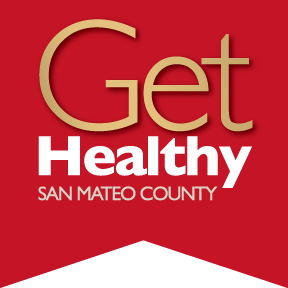Measuring Success - Schools
Healthy School
Measuring Success
- Utilize California Healthy Kids Survey (CHKS) data to determine changes school connectedness to determine the impact of RJP in schools
- Evaluate suspension, expulsion and juvenile incarceration data to determine impact of Restorative Justice implementation
- Encourage school districts to publicize their plans to support pedestrian, bicycle and transit connections, maximize cooperative use and inter-governmental and non-profit collaborations, and consult with local or state transportation officials to address multimodal access and safety by posting the following information on their websites: [i]
- A description of the pedestrian, bicycle, and transit connections between the school and nearby residential areas that make it easier for children, teachers, and parents to get to the school by walking, bicycling, and taking public transit.
- A specification of how the project maximizes the opportunity for cooperative use of existing parks, recreational locations, and other public facilities, and whether and how the project will increase collaboration with other governmental or nonprofit entities.
- A description of the consultation with local or state transportation officials on multimodal school site access and safety issues, and the ways that the project will address those issues.
- Conduct a post-occupancy evaluation to document whether construction or renovation decisions are meeting schools’ needs.[ii]
- Track changes in health metrics that may be due in part to
new school construction or renovation. [iii]
- California Healthy Kids Survey (CHKS): http://chks.wested.org/
- Track and evaluate changes in school food environments (e.g., kitchen/cafeteria, garden). [iv]
- Track student and community use of shared or co-located facilities. [v]
- Evaluate community members’ and school administrators’ satisfaction with shared use of spaces and/or co-located facilities. [vi]
- Evaluate cost savings, in-kind support, increases in revenue, and/or other financial impacts of shared-use agreements or co-located facilities. [vii]
- Evaluate whether walkability/bikeability assessments have improved infrastructure changes to better meet student and community needs. [viii]
- Track student walking/biking to school, annually. [ix]
- Collect data on restorative practices efficacy.
- Track trend data for childcare facilities gap, are more children attending preschool?
- Determine the number of school gardens in SMC and determine the extent to which they are being utilized.
References
[i] Public Health Law Center.
[ii] Public Health Law Center.
[iii] Public Health Law Center.
[iv] Public Health Law Center.
[v] Public Health Law Center.
[vi] Public Health Law Center.
[vii] Public Health Law Center.
[viii] Public Health Law Center.
[ix] Public Health Law Center.

